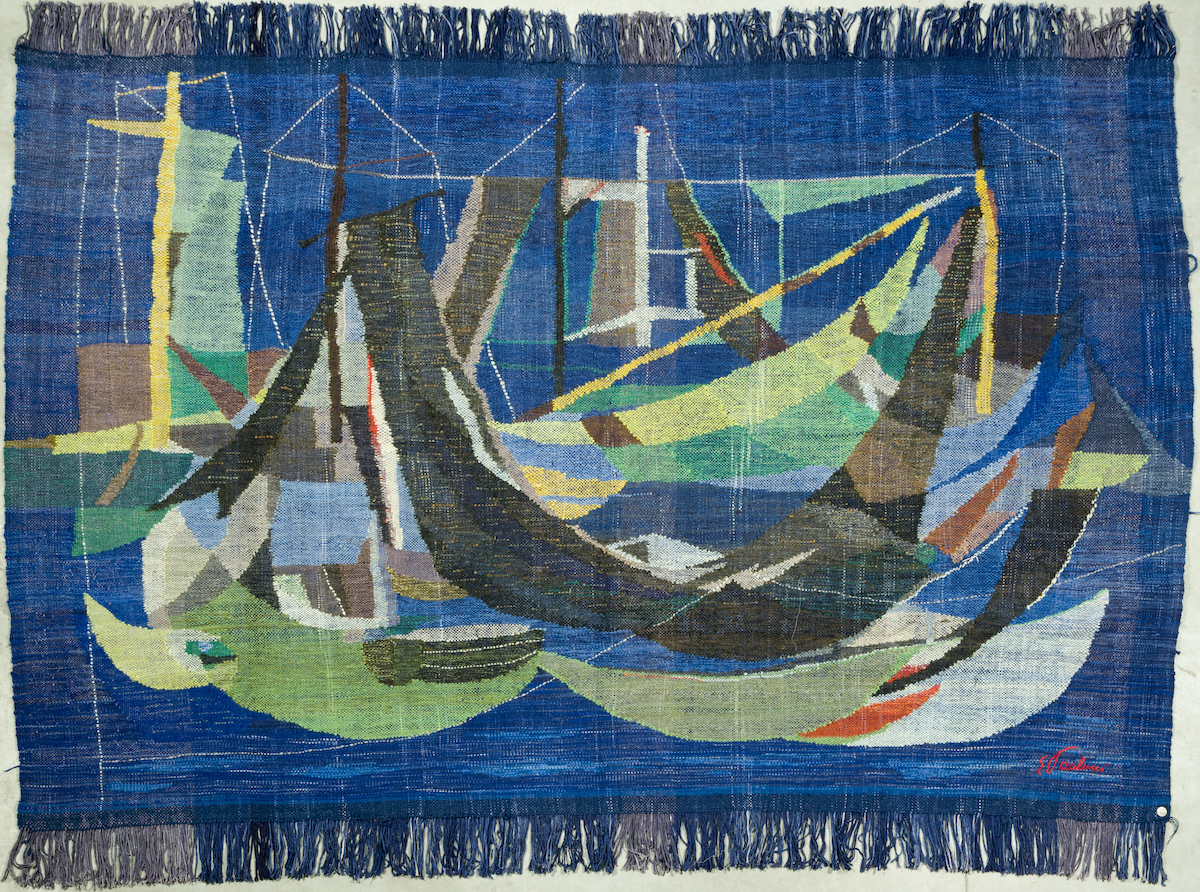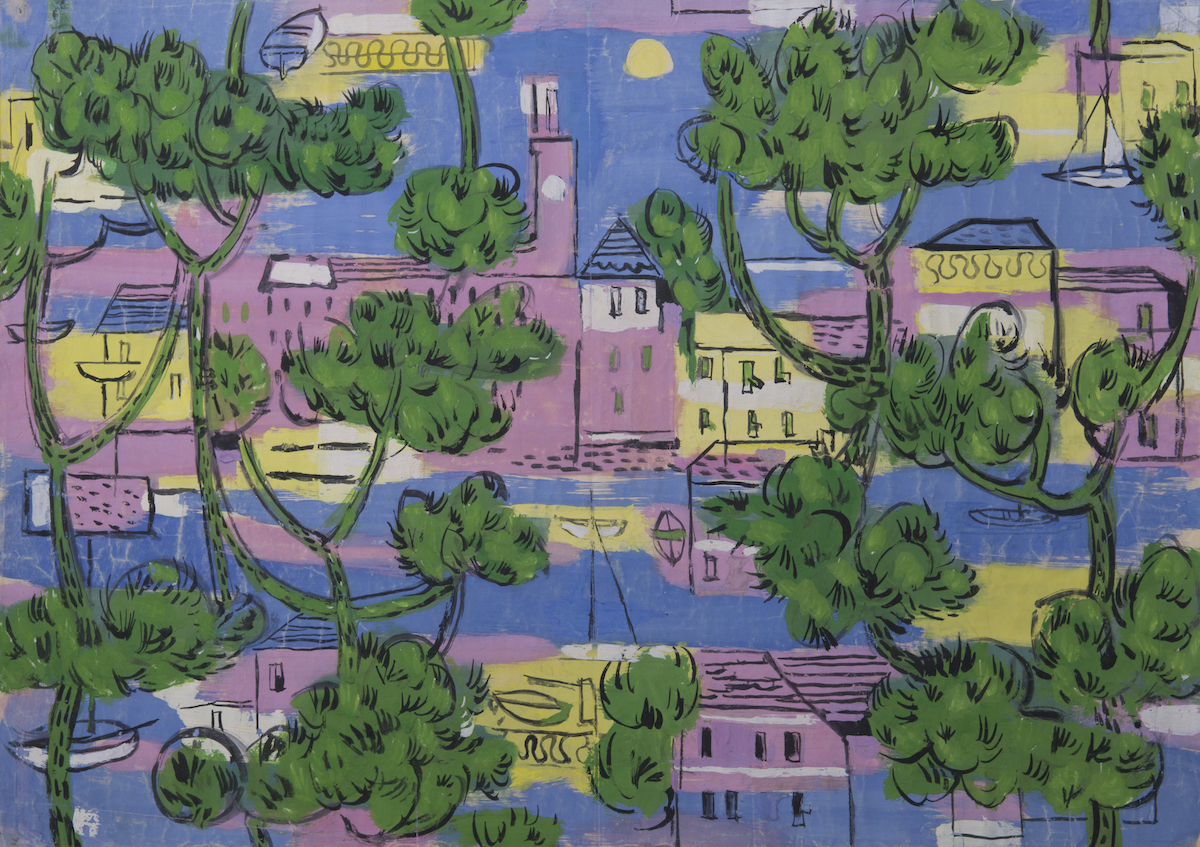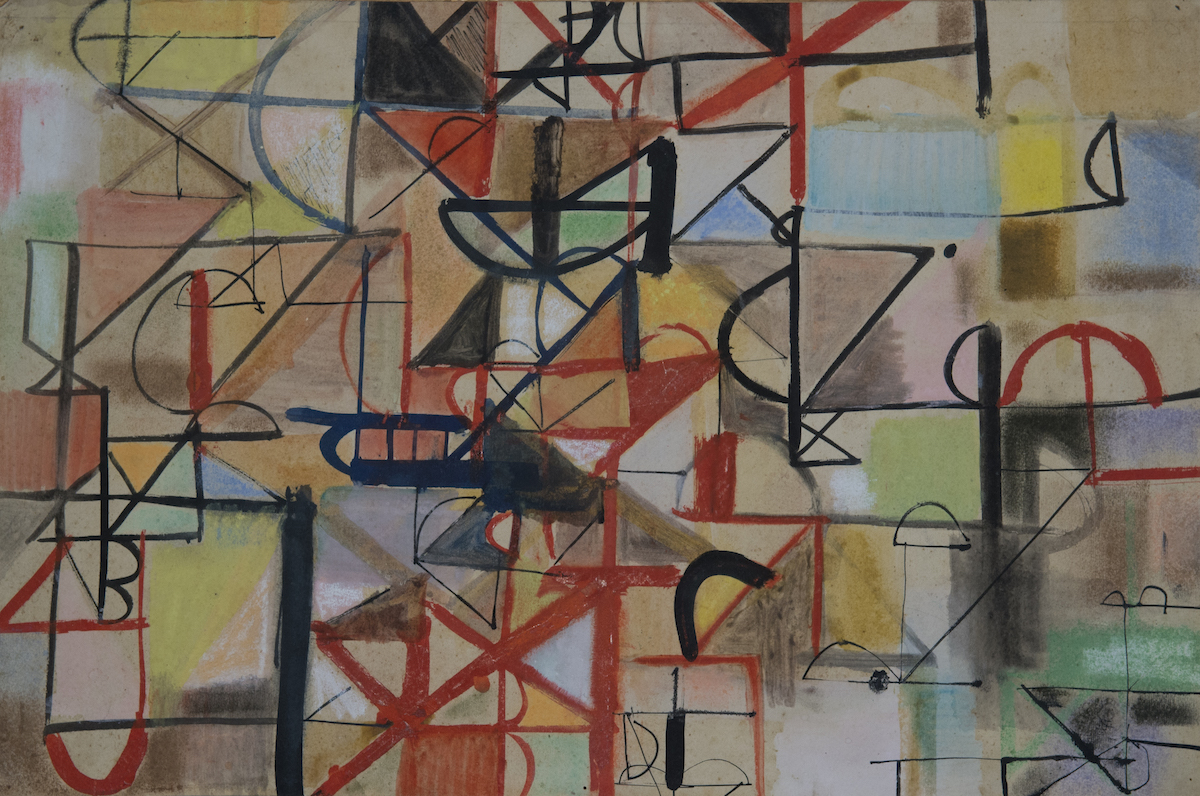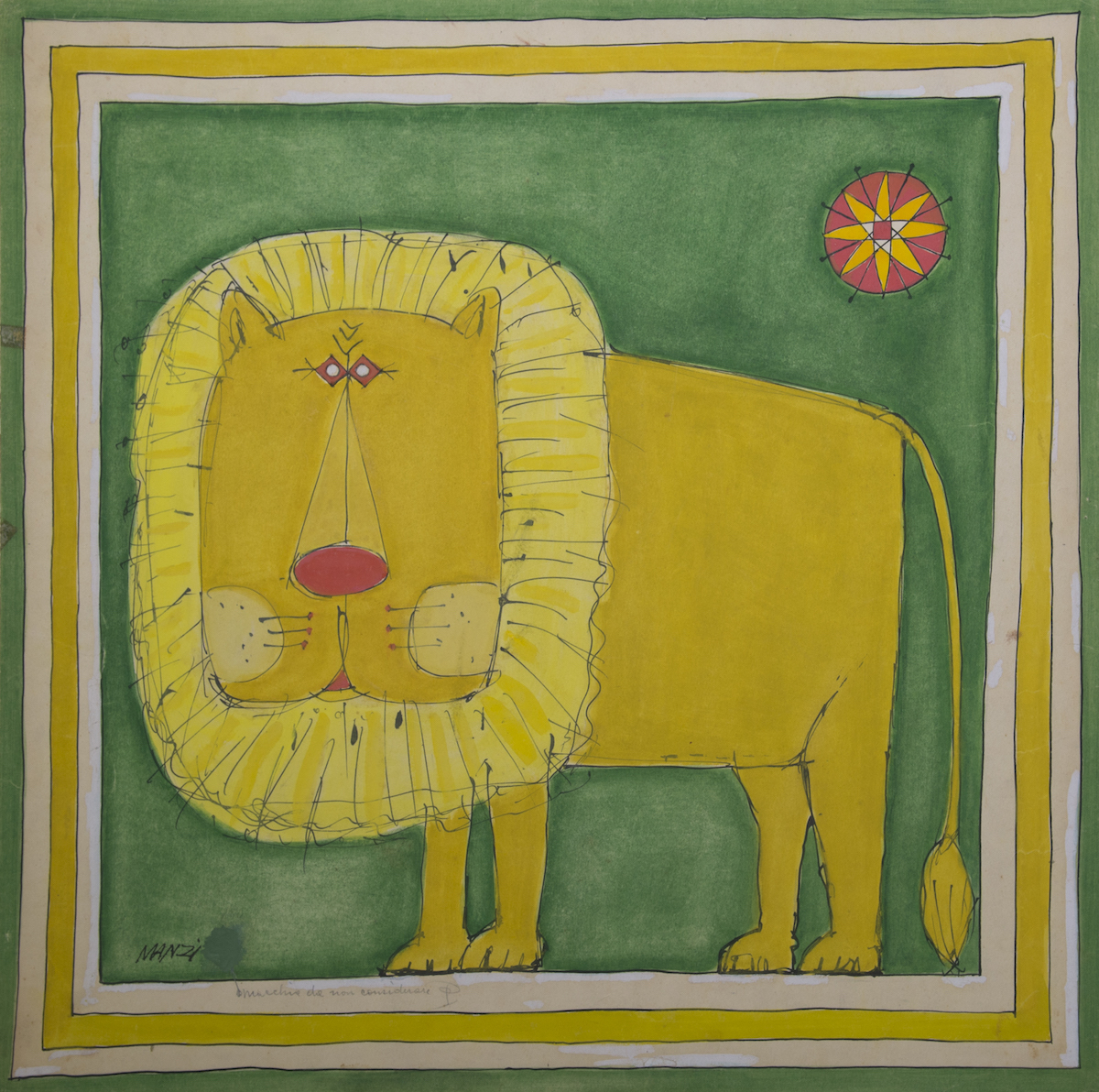The role of MITA, the Manifattura Italiana Tappeti Artistici from Genova, and its collaborations with frontrunners artists of the likes of Fortunato Depero, Gio Ponti, Arnaldo Pomodoro in the evolution of modernism from the Fascism era to the1970s.
The Wolfsonian inaugurated Made in Italy: MITA Textile Design 1926 – 1976, a collaborative exhibition with The Wolfsoniana, its sister museum in Genova.
“Made in Italy illustrates a cross-section of Italian creativity orchestrated by one of the most resourceful entrepreneurs of the twentieth century,”
The exhibition takes one back in time, along a trail of succession of avant-garde art movements, from Futurism to Abstract Expressionism through luxurious craftsmanship. Shrewd entrepreneur and founder of MITA Mario Alberto Ponis projected the traditional manufacturing art of hand-knotted rugs to the wider spectrum of design and art.
With collaborations spanning decades that exude the classic artisanal traditions, MITA reinvented the conversation working with out-of-the-box thinkers of Modernism and extended their offerings to textile drawings, ceramic pieces and tapestries. After the long intermission of WWII, that saw the newly designed factory converted in a military facility and subsequently occupied by the Germans after the Italian armistice, the post war production represent an advancement in collaborative pieces. From creating one-of-a-kind productions for private homes, bars, clubs, restaurants, MITA’s footsteps in the world of interiors, culminated with being commissioned to produce upholsteries for Italian ocean liners and shipping vessels such as the Andrea Doria.
“Made in Italy illustrates a cross-section of Italian creativity orchestrated by one of the most resourceful entrepreneurs of the twentieth century,” said Silvia Barisione, Wolfsonian curator.
The exhibition showcases the invaluable and colossal body of work of an Italian factory that traveled around the world representing how merging new technology, artisanal tradition and avant-garde artistic input characterized the evolution of Italian taste.








